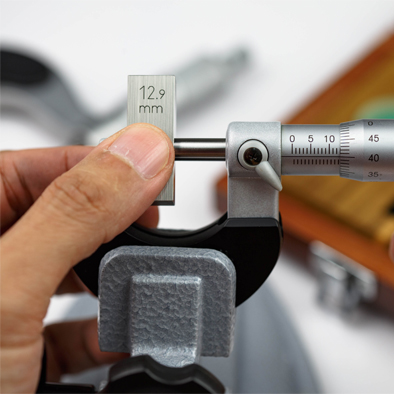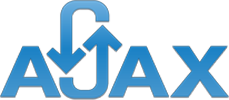
Calibration management Manufacturing
A leading manufacturer of IT and office automation equipmentfrom Oman has a range of electronic equipment for healthcare, consumers electronics, telecom, military, security and many more industries. The calibration labs of the company must calibratethese equipmentvery precisely as part of their product development and testing process. The labs use a desktop-based utility to manage the calibration. However, the utility needs significant manual intervention and is it tedious to use, often leading to errors and rework. Being a desktop-based utility, it is also difficult to deploy, configure, manage, upgrade and keep it consistent across all machines and deployments. The loss to business due to the inconsistencies, inefficiencies, rework and product returns due to errors is estimated to be a whopping 20-25%.
To mitigate this challenge, the management team wants to set an automated workflow to manage the calibration process for their calibration labs and build a better utility that is easy to deploy, manage and use,so they could improve their quality and efficiency metrics.
The Vatsa Solution: A responsive web-based calibration management software for improved process outcome
Vatsa designed and developed an internal web-based portal to standardize all workflows and calibrations for the company’s production team. The tool went beyond just recording the calibration values to helping with the entire calibration process. Vatsa achieved standardization in the workflowwith the following functionality:
1) Providing the ability for product teams to create calibration template that can be applied to a group of similar equipment along with their respective expected values, validations and ranges
2) Identifying and mapping the tools or testingdevices to be used for calibrations of an instrument
3) Prepopulating the readings into the calibration template and applyingthe template to each equipment
4) Providing the ability to enter the readings against each machine according to its template along with tracking of any changes in values
5) Defining the schedule and assignment of calibration to individuals and recording the actual calibration
6) Approval or rejection of calibrations and proposing recommendations via the system for the person doing the calibration
7) Evaluating the result of the calibration across all devices for reporting and dashboards to assist managers and leaders in the company
The standard templates created as part of the solution provided all the meta-data measurement type, the master standard, reference standard and standard operating procedure. Also, it defines the number of readings to be taken while calibrating an instrument and whether it is the master instrument that needs to be fixed or the DUC (Device Under Calibration).
Calibration Workflow
Inward
Job
Calibration
Certificate
Outward
Results:
For the calibration lab of the company, the success of their business model lies in their ability to reliably and accurately calibrate instruments manufactured by them as well as other companies.In this project,Vatsa Solutionsbrought extensive technological expertise and experience working with manufacturing companies to deliver many benefits for the company:
1) The company was able to reduce manual errorsand rework by over 80%
2) Time required for calibration reduced by 30% with the end-to-end management and approval process in the new system
3) Significant improvement inquality management and service to their customers
4) The improved time-to-market and quality resulted in revenue growth as well as huge improvements in customer mindshare
5) Instruments are calibrated far more regularly due to active scheduling management
6) Increased transparency for customers of the labs, who are now aware of the status of the calibration of their instruments
7) Easy access, traceability and retrieval of history of instruments and their calibration statuses at various points for better management and troubleshooting
Technology and Tools:



Learn how you can achieve similar results for your business.